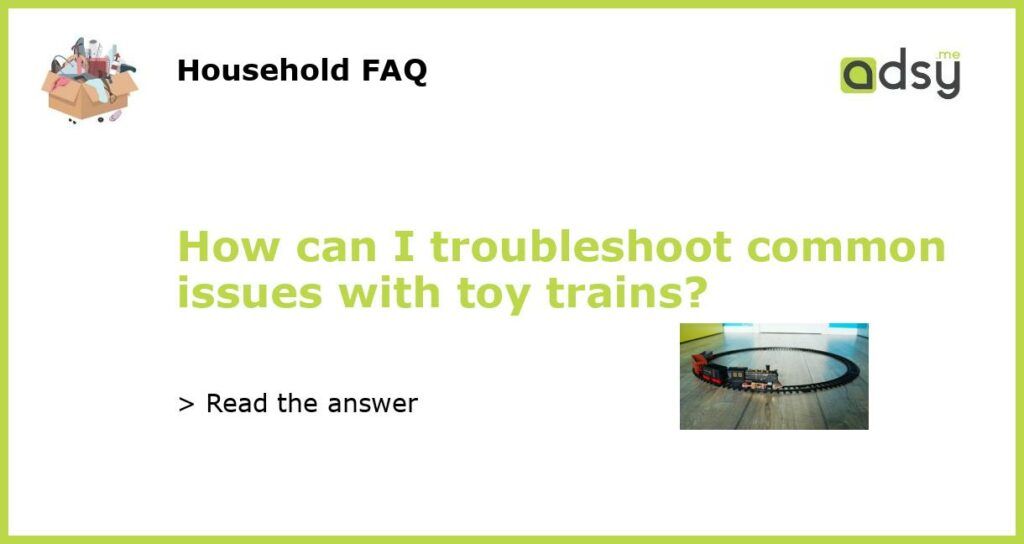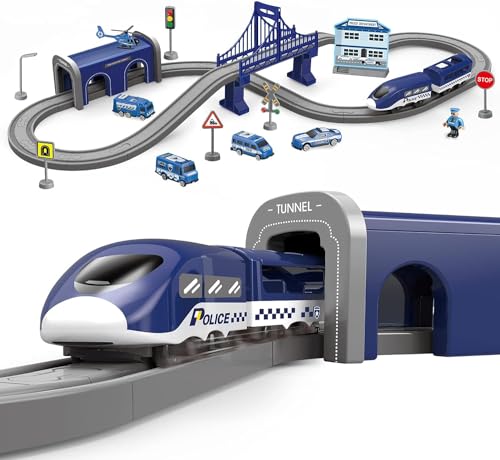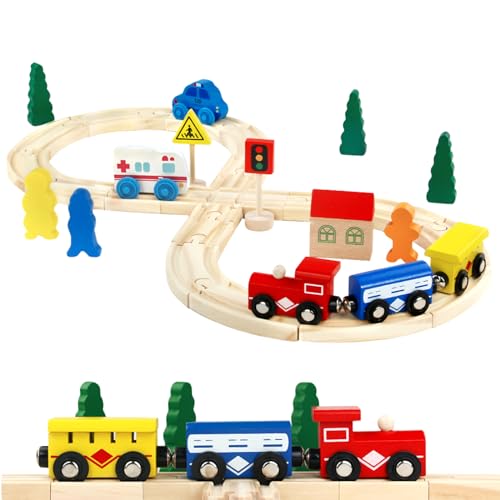Introduction
Toy trains are a popular hobby among both children and adults. They provide hours of entertainment and can be a great way to bring the family together. However, like any mechanical device, toy trains can experience common issues that may require troubleshooting. In this article, we will explore some of the most common issues that toy trains encounter and provide tips on how to troubleshoot and resolve these problems.
Poor or No Power
One of the most common issues with toy trains is poor or no power. If your train is not running at all or is running very slowly, the first step is to check the power source. Make sure that the power supply is plugged in properly and that the outlet is functioning. If you are using batteries, ensure that they are fresh and properly installed.
If the power source is not the problem, check the track for any loose or disconnected wires. Make sure that all connections are secure and that there are no breaks in the wiring. If you find a loose wire, reattach it carefully using a wire stripper or electrical tape.
If your train is still not working, you may need to clean the track and wheels. Over time, dirt and debris can accumulate on the track and wheels, causing poor conductivity. Use a clean cloth or a track cleaning solution to remove any build-up. Additionally, make sure that the wheels are properly aligned and making good contact with the track.
Derailments
Another common issue with toy trains is derailments. This can be caused by a variety of factors, including improper track alignment, loose or broken track pieces, or too much weight on the train.
To troubleshoot derailments, start by inspecting the track. Make sure that all track pieces are securely connected and properly aligned. Check for any loose or broken pieces and replace them if necessary.
If the track is in good condition, check the weight of your train. If you have added additional cars or accessories to your train, it may be carrying too much weight, causing it to derail. Try removing some of the cars or accessories and see if that resolves the issue.
Lastly, examine the wheels of your train. If the wheels are not aligned or are damaged, they may cause the train to derail. Make sure that the wheels are properly seated in their axles and that they rotate freely. If any wheels are damaged, replace them as needed.
Noisy Operation
If your toy train is making excessive noise during operation, there are a few potential causes to explore. The first step is to check the track for any obstructions, such as dirt or debris. Clean the track thoroughly to remove any build-up that may be causing the noise.
If cleaning the track does not resolve the issue, inspect the wheels and axles of your train. They may be rubbing against each other or against the frame of the train, causing unnecessary noise. Apply a small amount of lubricant to the axles to reduce friction and noise.
Additionally, check the gears and drive mechanism of your train. If they are worn or damaged, they may be contributing to the noise. Replace any worn or damaged parts to restore smooth and quiet operation.
Remote Control Issues
If your toy train is remote-controlled and you are experiencing issues with the remote, there are a few troubleshooting steps you can take. First, check the batteries in the remote to ensure they are fresh and properly installed. Replace the batteries if necessary.
Next, make sure that the remote control and the train are properly paired. Consult the instruction manual for your specific train model to learn how to pair the remote control correctly.
If the remote control is still not functioning properly, try resetting it. Look for a small reset button or switch on the remote control and follow the instructions in the manual to reset it.
If none of these steps resolve the issue, it may be a more complex problem with the remote or the train’s receiver. In this case, it is recommended to contact the manufacturer for further assistance or to seek the help of a professional toy train technician.






